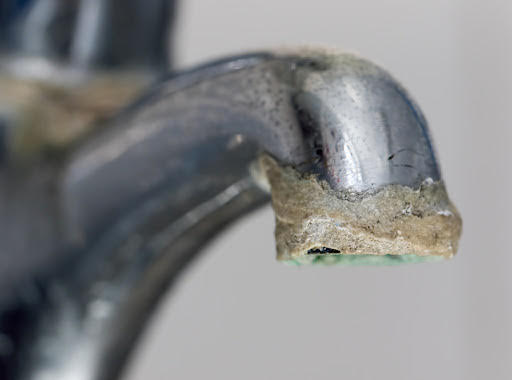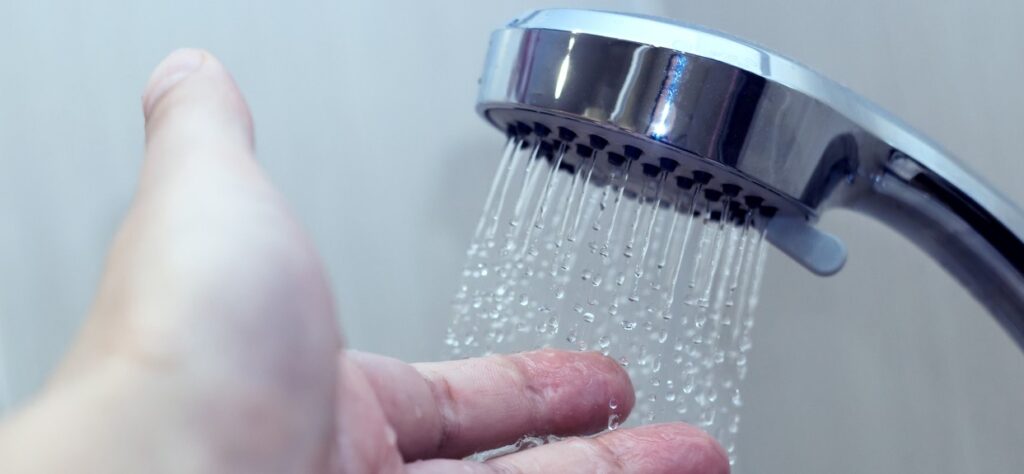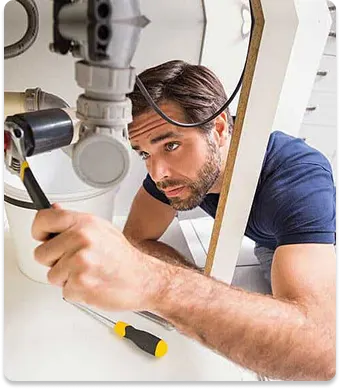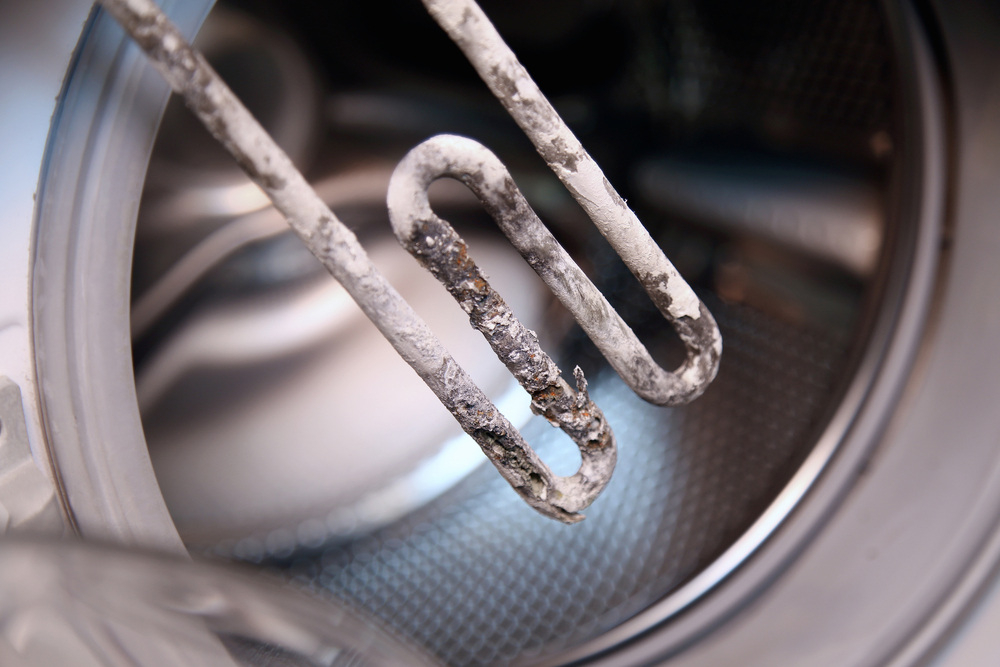How to Remove and Prevent Limescale in Your Home

Do your plumbing fixtures seem like they need cleaning all too often? If you’re finding a white or green chalky coating on your faucets and shower heads, you may have a problem with limescale — mineral-rich deposits that look unsightly and wreak havoc on your pipes and fixtures from the inside out. Causes of Limescale […]
7 Reasons Your Home Has Low Water Pressure

If you’ve noticed that your water pressure has dropped and your showers are less enjoyable or your bath takes an age to fill up, you may have water pressure issues. Here are 7 reasons why your water pressure might be low and what you can do about it. 1) Take a look at the main […]
Upgrading and Replacing a Heat Pump in Blackrock

Dewar Plumbers were called by a client who was having issues with a leaking heat pump. Our plumber found that it was poorly installed less than 5 years ago. Unfortunately the best solution for the client was to upgrade the system to a Viessmann Vitocal 200-A 13kW (COP of 4.72A7/W35) heat pump combined with Vitocell […]
What’s the Difference Between Hard Water and Soft Water?

When it comes to plumbing and appliances, the type of water in your area can make a world of difference to the lifespan of your products. Most of the time, our plumbers in Dublin are dealing with soft water. So, what is the difference between hard water and soft water? Read on as we discuss. […]